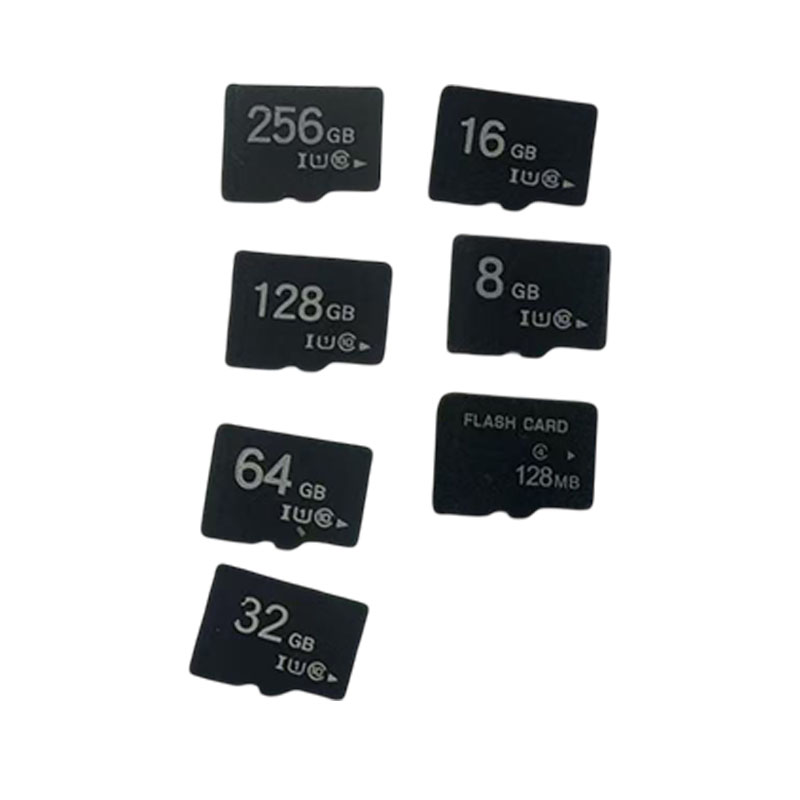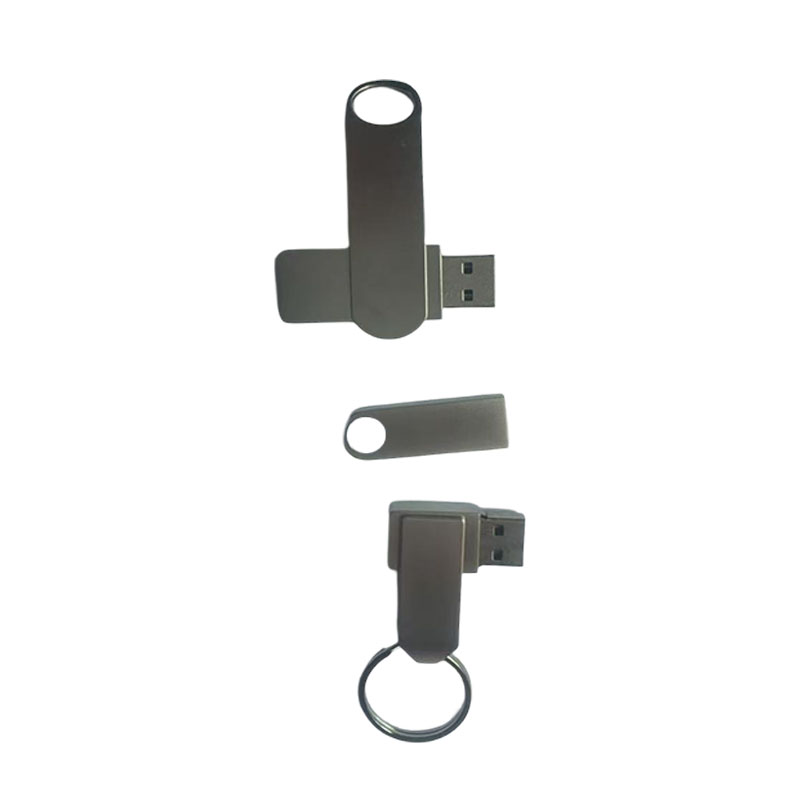How can I improve the success rate of data recovery after memory card data is lost?
Release Time : 2025-11-19
The success rate of data recovery from a lost memory card is affected by a variety of factors, from determining the cause of data loss to choosing the right recovery tool and controlling the operating environment; each step affects the final outcome. To improve the recovery success rate, it's necessary to systematically understand the underlying logic of data loss and take targeted measures.
Common causes of memory card data loss include accidental deletion, formatting, physical damage, file system errors, and virus infection. Accidental deletion and formatting are usually logical errors; the data hasn't truly disappeared from the storage medium but is merely marked as "overwriteable" by the system, resulting in a relatively high recovery success rate. Physical damage (such as a broken card or burned-out chip) or severe virus infection can lead to permanent data loss, making recovery extremely difficult. Therefore, upon discovering data loss, immediately stop using the memory card to prevent new data from overwriting existing traces; this is the primary principle for improving the recovery success rate.
Choosing a professional data recovery tool is a crucial step. Various recovery software programs exist on the market, with significant differences in their algorithms and functions. High-quality recovery tools typically possess deep scanning capabilities, penetrating the surface of the file system to directly read the physical sectors of the memory card and identify residual data fragments. For example, for different file systems such as FAT, NTFS, and exFAT, the tool needs to accurately parse their directory structure and reconstruct critical information such as corrupted file headers and footers. Furthermore, some tools support RAW recovery mode, allowing them to attempt to recover content even if the file system is completely corrupted, using file characteristics (such as the header bytes of images or specific document formats). When choosing a tool, prioritize those with broad compatibility and frequent updates to adapt to newer memory cards and file formats.
The stability of the operating environment directly affects the recovery outcome. During data recovery, the memory card must maintain a stable connection to avoid scan interruptions or secondary data corruption due to poor contact. If using a card reader connected to a computer, choose a reliable product and ensure the interface is secure. If recovering directly through a device (such as a camera or mobile phone), ensure the device has sufficient power to prevent accidents caused by power outages. Simultaneously, recovery operations should be performed in an environment free from strong electromagnetic interference to avoid signal interference leading to data reading errors. Different recovery strategies are needed for different data loss scenarios. If the data was accidentally deleted or formatted, a full scan using recovery software can be used directly. If the memory card displays "unformatted" or shows I/O errors, the file system may be corrupted. In this case, try repairing the file system first (e.g., using the system's built-in disk check tool) before recovering the data. If the memory card is physically damaged (e.g., unrecognizable, making unusual noises), do not attempt to disassemble it yourself. Immediately send it to a professional data recovery service for chip-level repair in a cleanroom environment to try and salvage the data.
Detailed handling during the recovery process is equally important. When scanning the memory card, select "read-only" mode to avoid the tool writing temporary files that overwrite the original data. When recovering files, save them to other storage devices (such as computer hard drives or external hard drives), not the original memory card, to prevent secondary data loss due to insufficient space during recovery. If recovered files contain garbled characters or cannot be opened, the file header may be corrupted. Try using file repair tools (such as image repair software or video repair tools) for secondary processing.
Preventative measures can indirectly improve the success rate of data recovery. In daily use, important data on the memory card should be backed up regularly, avoiding storing all files in one place; avoid forcibly removing the memory card during read/write operations to prevent file system crashes; choose a reliable memory card brand to reduce the risk of physical damage; install reliable antivirus software and scan the memory card regularly to prevent virus infection leading to data encryption or deletion.
Recovering lost memory card data is a race against time, requiring a comprehensive approach combining technical tools, operational skills, and preventative awareness. From the first step of stopping the use of the memory card, to choosing professional tools, controlling the operating environment, and adopting differentiated strategies for different scenarios, every step requires careful attention. Only in this way can the success rate of recovery be maximized in the face of data loss, protecting valuable data assets.







